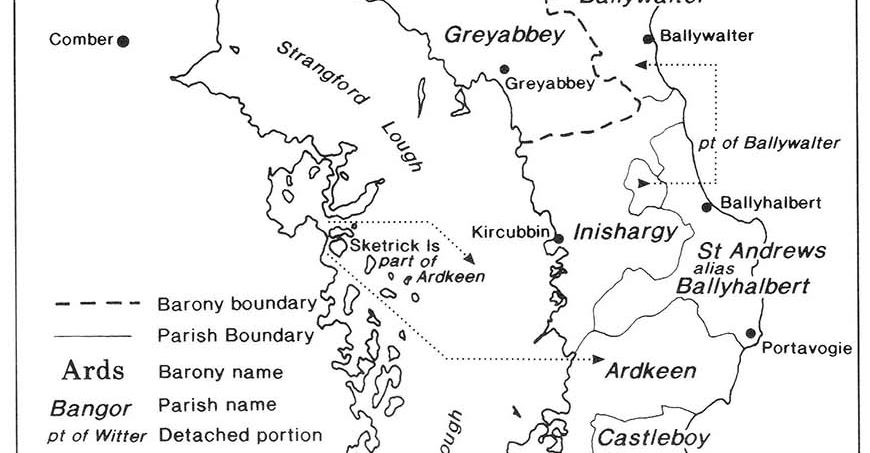St Andrew's Day is sometimes thought of as a relatively recent thing here in Ulster. However I recently found it mentioned in the Hamilton Manuscripts in a description of Sir James Hamilton's Ulster-Scots community at Killyleagh on the shores of Strangford Lough from the early 1600s, describing the arrangements for village markets and fairs –
“… one free market in or near the village or Borough aforesaid, to be held on every Monday of each week, for ever,
and also two fairs to be held there yearly; that is to say, one fair in or near the village or Borough every Monday of Holy Trinity, called in English Trinity Monday, to be held yearly for ever, and to continue for the day immediately following;
and another fair more near the village or Borough aforesaid, every feast day of Saint Andrew, to be held yearly for ever, and continue during the next following Tuesday, unless the said feast day of Saint Andrew happens to be a Sabbath or Lord's Day, in which case we will and grant that such fair shall be begun and held upon the Monday from thence next ensuing, and be continued the next following day, to be held yearly for ever, as often as it shall so happen…”
I live in the most easterly parish of Ulster, which is called St Andrew's or Ballyhalbert. However it is said that this particular St Andrew is not directly the Patron Saint of Scotland, but a reference to a church in England in the Anglo-Norman era.
Following the Norman Conquest of England in 1066, about 50 years later a Benedictine Abbey called The Priory of St Andrews was built in Stogursey in north Somerset on the Bristol Channel around 1117. Stogursey is just 25 miles from mystical and myth-laden Glastonbury Abbey. Anglo-Norman leader John De Courcy's family roots were in the area (his surname even sounds like Stogursey) and in 1183 after he had captured county Antrim and county Down he granted land in the Ards Peninsula to his home church and named them accordingly. The now-vanished Black Abbey was near Grey Abbey and it was also known as the Priory of St Andrews.
Here's a map of the parish, the sign at Portavogie Harbour and also the stone marker at Ballyeasborough Church of Ireland at the other end of our road.







No comments:
Post a Comment